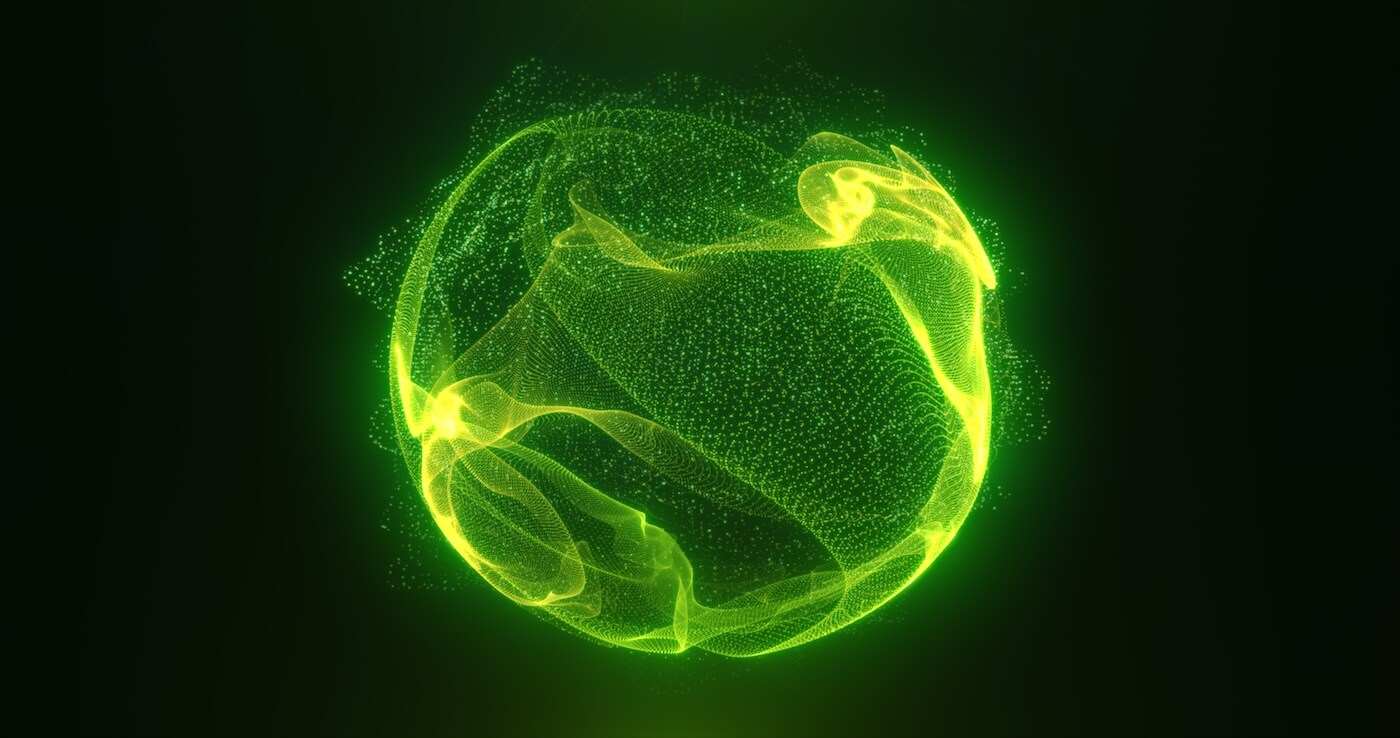The Human Regenerator Jet harnesses the power of Cold Atmospheric Plasma (CAP) to promote wellness. It is not a medical device, and it is not intended to diagnose or cure illnesses, but support overall wellness and body’s self healing mechanisms. When a person lays on the device, the static energy, anions, and electrons surrounds the body, creating a unique therapeutic environment. Specially designed contact applicators are positioned on feet and hands, or at specific problem areas, aiming to facilitate the flow of electrons through the body. Electron flow is one of the key elements to enhancing your body’s natural processes by optimising the electrical balance of your cells. This process may contribute to maintaining healthy cellular functions, potentially leading to helping in reduction of oxidative stress, enhancement of ATP production, therefore improvement of mitochondrial function, reduction of inflammation and support of mental health. Additionally, Cold Atmospheric Plasma is known for its antibacterial, anti-fungal, and antiviral properties, which can contribute to a healthier body environment. Human Regenerator therapy is a safe and natural therapy. During the session, you may feel a gentle tingling sensation around your body or in specific areas. This experience is often accompanied by a profound sense of relaxation, making it both soothing and restorative.

Plasma, often called the fourth state of matter, is distinct from solids, liquids, and gases. It is an ionised gas composed of charged particles, formed when electrons are separated from their parent atoms. This ionisation gives plasma unique properties, making it highly conductive and responsive. Plasma is the most abundant form of ordinary matter in the universe, present in stars, lightning, and the Northern Lights. It can be artificially generated by heating a neutral gas or subjecting it to strong electric currents.

Cold Atmospheric Plasma (CAP) operates at room temperature, enabling its use in various applications without the need for high temperatures or special containment. CAP is widely used in industrial processes such as surface modification, material coating, and semiconductor manufacturing. It also plays a role in environmental applications like air and water purification. Recently, CAP has been explored for medical uses, due to its antimicrobial properties and ability to promote tissue regeneration.

Plasma, often referred to as the fourth state of matter, was first identified by Sir William Crookes in 1879 through his experiments with electrical discharges in gases. He observed a glowing “radiant matter” in vacuum tubes, later named “plasma” by Irving Langmuir in the 1920s due to its life-like behaviour, reminiscent of blood plasma. Langmuir and his colleague Lewi Tonks further explored plasma’s properties, laying the groundwork for modern plasma physics.


Plasma’s unique properties make it invaluable across the diverse applications, driving innovation and advancements in technology and medicine in the fields of industrial, enviromental, medical and wellness industries.
Oxidative stress occurs when there’s an imbalance between free radicals and antioxidants, leading to cellular damage. Free radicals are unstable molecules formed during normal metabolic processes and by external factors like pollution and radiation. These molecules seek stability by stealing electrons from other cells, causing damage. This oxidative damage can trigger inflammation as the body responds to the injury or infection, making oxidative stress a precursor to inflammation. Antioxidants neutralise free radicals by donating electrons, turning them back into stable molecules and preventing harm.



As a wellness device, the Human Regenerator is not intended to cure or diagnose, but to support, energise, and provide relaxation. While we cannot promise any specific improvements, reduction of oxidative stress after using the Human Regenerator has been observed by scientific professionals (see img: “FORT/u”), and many users have noticed a speedy reduction in inflammation.
Adenosine Triphosphate (ATP) is the main energy source for cells, essential for all bodily functions. It is made up of a molecule called adenosine and three phosphate groups. The energy stored in ATP is released when one of the phosphate groups is broken off. This energy powers everything from muscle movements to brain functions. Electrons play a crucial role in ATP production by driving the process in mitochondria, where they help create the energy needed to produce ATP.
As a wellness device, the Human Regenerator is not intended to cure or diagnose, but to support, energise, and provide relaxation. While we cannot promise any specific improvements, observations suggest that the Human Regenerator might help with increasing ATP production, potentially boosting energy levels and improving overall cellular health. Many users have reported great improvements in their overall energy levels.

The autonomic nervous system (ANS) is divided into two parts: the sympathetic nervous system, which controls energy-consuming functions, and the parasympathetic nervous system, which manages energy recovery and conservation. The ANS regulates involuntary bodily functions, helping the body adapt to various situations.

The Human Regenerator is a wellness device designed to support relaxation and well-being, not to cure or diagnose. Using VNS analysis, it has been observed that the therapy may be able to lower heart rate, reduce sympathetic tension, and enhance parasympathetic relaxation. Most users report that the Human Regenerator helps them to cope with stress and anxiety effectively.